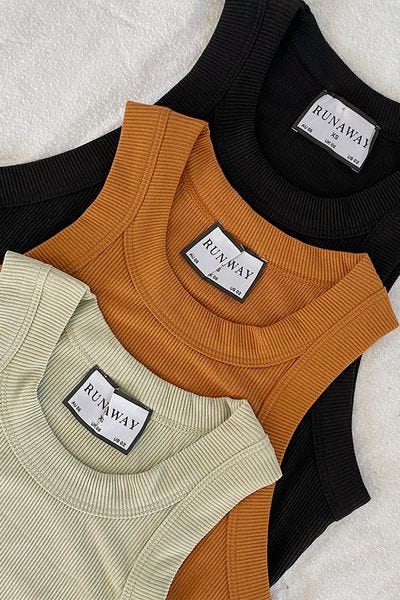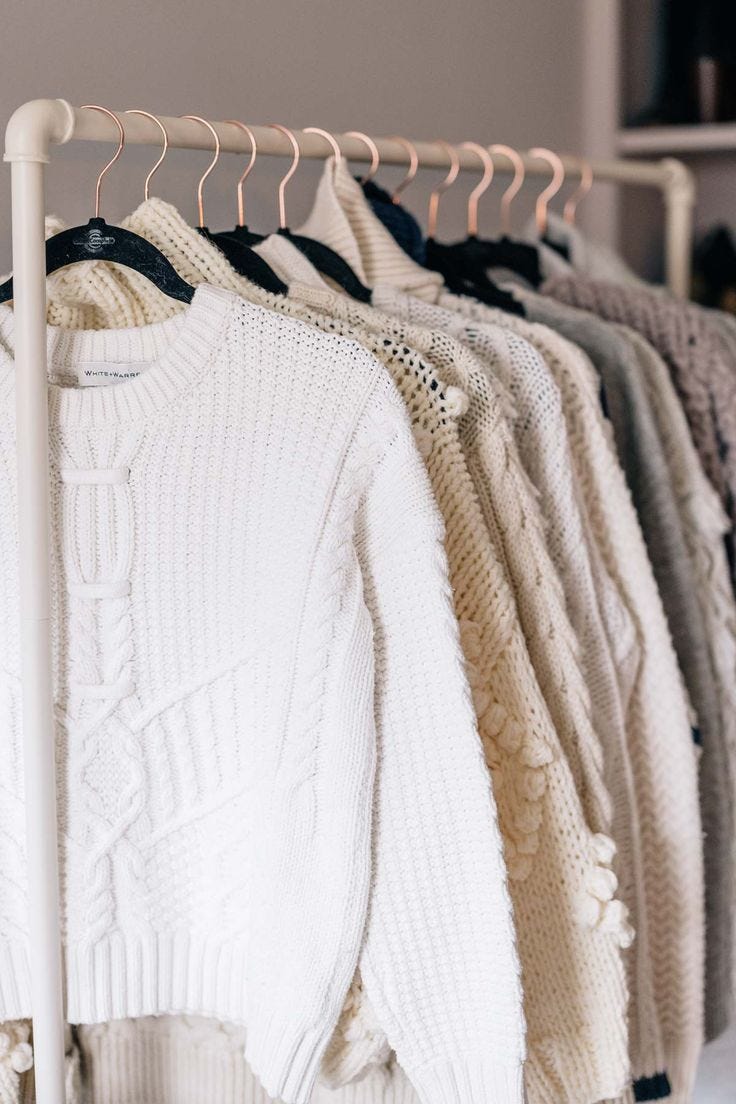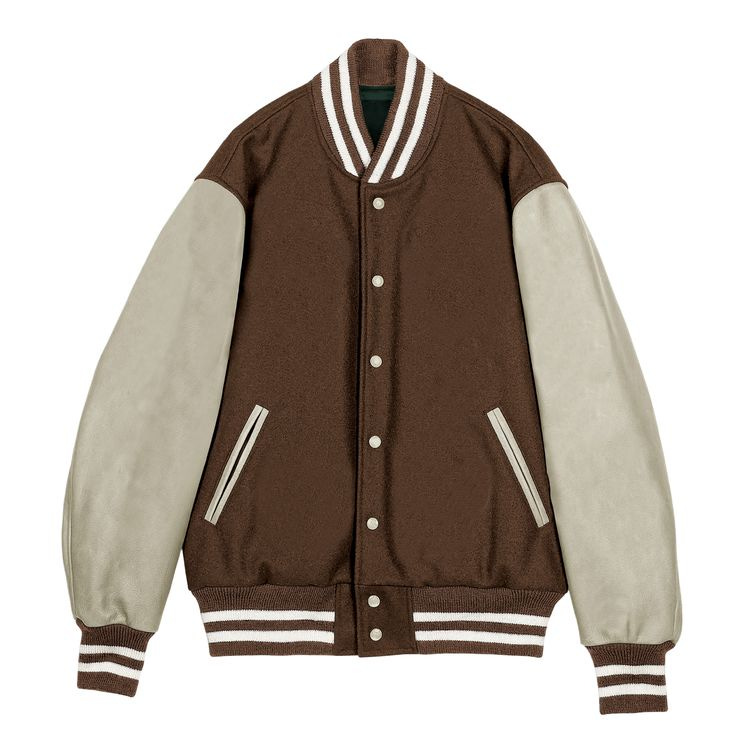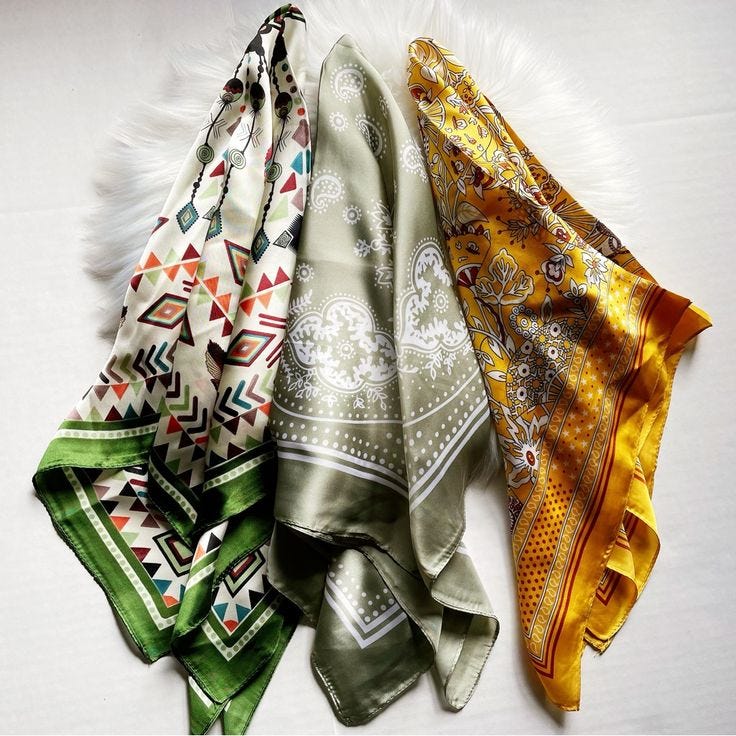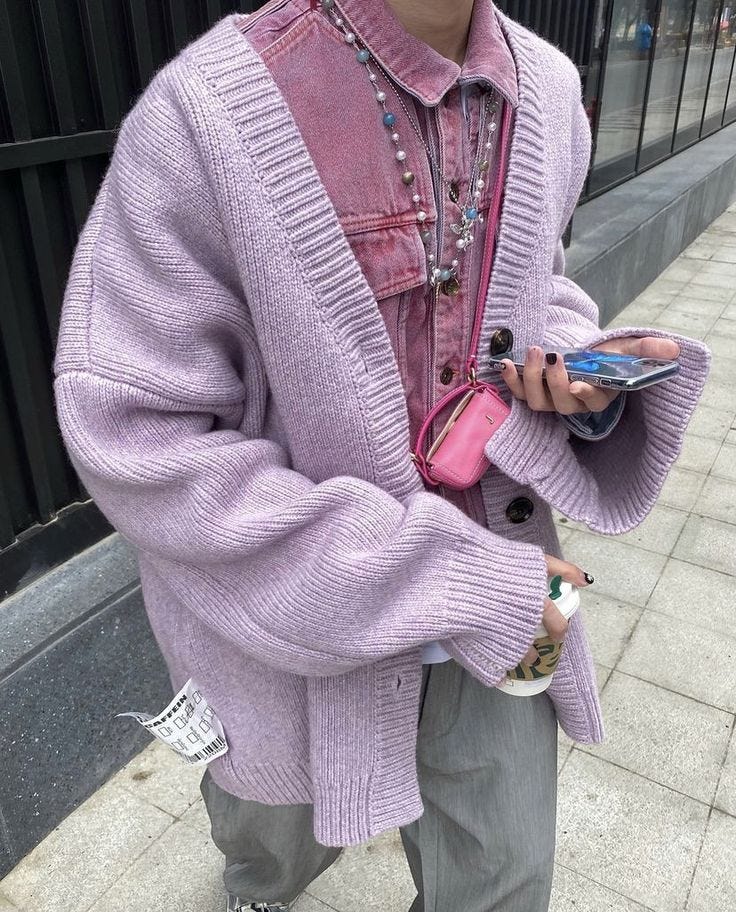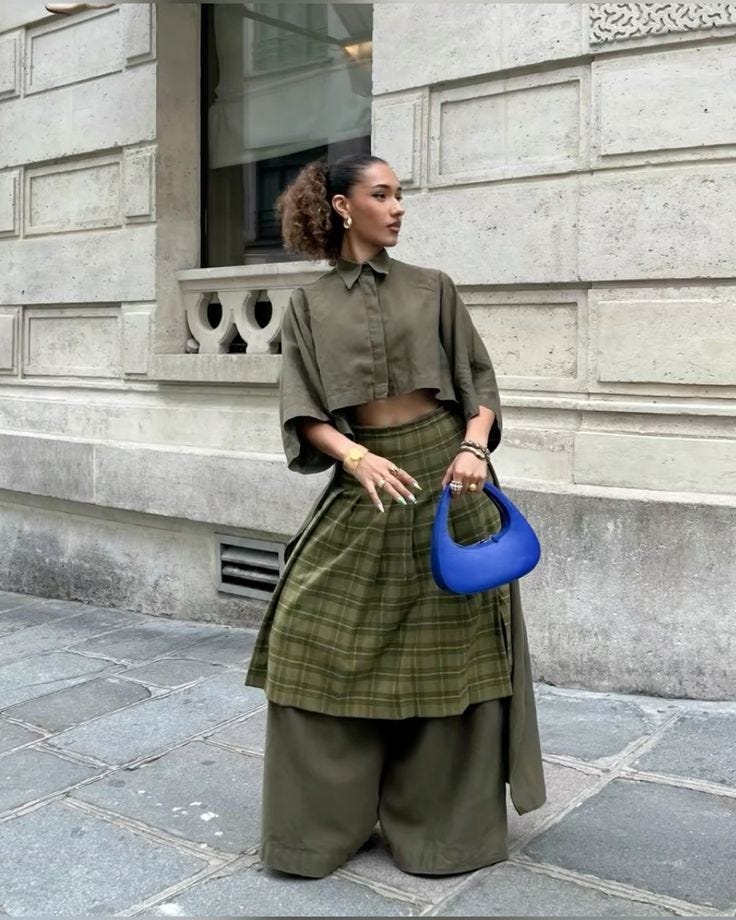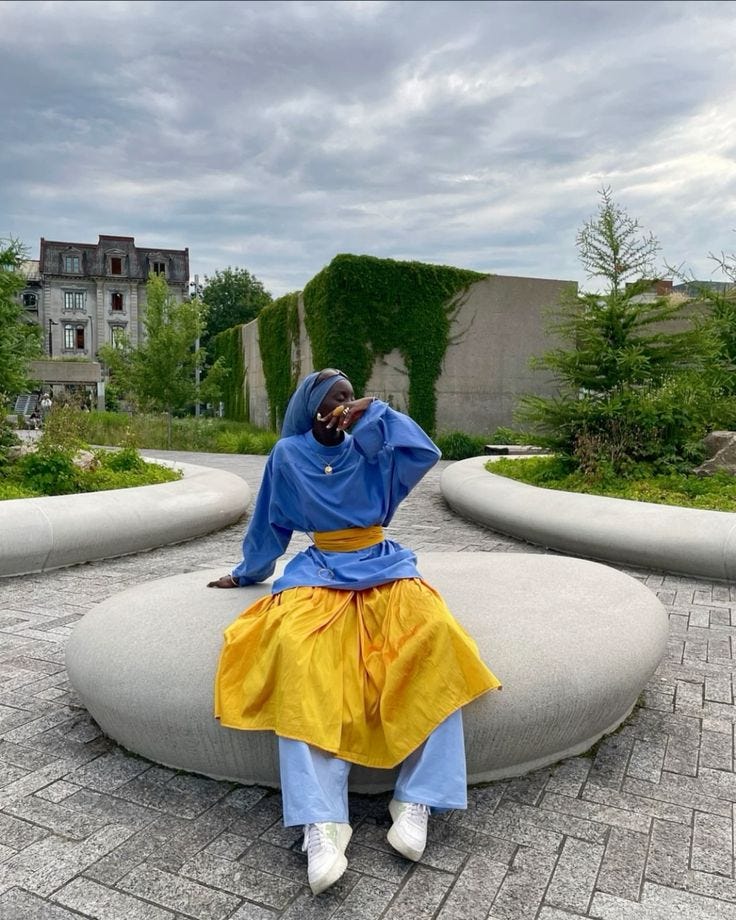For beginners, layering can seem a bit intimidating, but with some simple guidelines, you can create stylish and functional outfits with ease. Here’s a step-by-step guide to help you master layering:
1. Start with a Base Layer
- What It Is: The base layer is the closest to your skin and is typically a thin, breathable fabric. It could be a simple t-shirt, a long-sleeve top, or a lightweight blouse.
- Tip: Choose a neutral colour like white, black, or grey for versatility. This layer should be comfortable and fitted to avoid bulk.
2. Add an Insulating Layer
- What It Is: The insulating layer provides warmth and can be something like a sweater, cardigan, or fleece. This layer adds texture and can be in a different colour or pattern to add interest to your outfit.
- Tip: Opt for a slightly looser fit than your base layer, allowing you to move comfortably without feeling restricted.
3. Include an Outer Layer
- What It Is: The outer layer is your jacket, coat, or blazer. This layer is key for protection against the elements and adds the final touch to your outfit.
- Tip: Choose an outer layer that complements the rest of your outfit. For example, a structured coat can give a polished look, while a denim jacket can keep things casual.
4. Incorporate Accessories
- What It Is: Accessories like scarves, hats, and belts can add warmth and style. They also allow you to play with colours and patterns without overwhelming the outfit.
- Tip: A scarf can add a pop of colour or pattern, and a belt can help define your waist, especially when layering with bulkier pieces.
5. Play with Proportions
- What It Is: Proportion play involves mixing different lengths and fits. For example, pair a long cardigan with a shorter jacket or wear a fitted top with a flowy outer layer.
- Tip: Keep balance in mind. If one layer is oversized, keep the others more fitted to avoid looking too bulky.
6. Stick to a Color Palette
- What It Is: To make layering easier, choose a cohesive color palette. This could be neutral tones for a classic look or a mix of two to three complementary colors.
- Tip: Monochrome layering (using different shades of the same color) can be very effective and easy to pull off.
7. Experiment and Adjust
- What It Is: Layering is about experimenting with different pieces and seeing what works for you. Start with basic combinations and gradually try more complex outfits as you become comfortable.
- Tip: Don’t be afraid to try new combinations. Sometimes the best outfits come from unexpected pairings.
Example Outfit for Beginners:
- Base Layer: A white fitted t-shirt.
- Insulating Layer: A gray knit sweater.
- Outer Layer: A black leather jacket.
- Accessories: A plaid scarf and a simple beanie.
By following these steps, you can build a layered outfit that not only looks good but also keeps you comfortable and stylish throughout the day.


